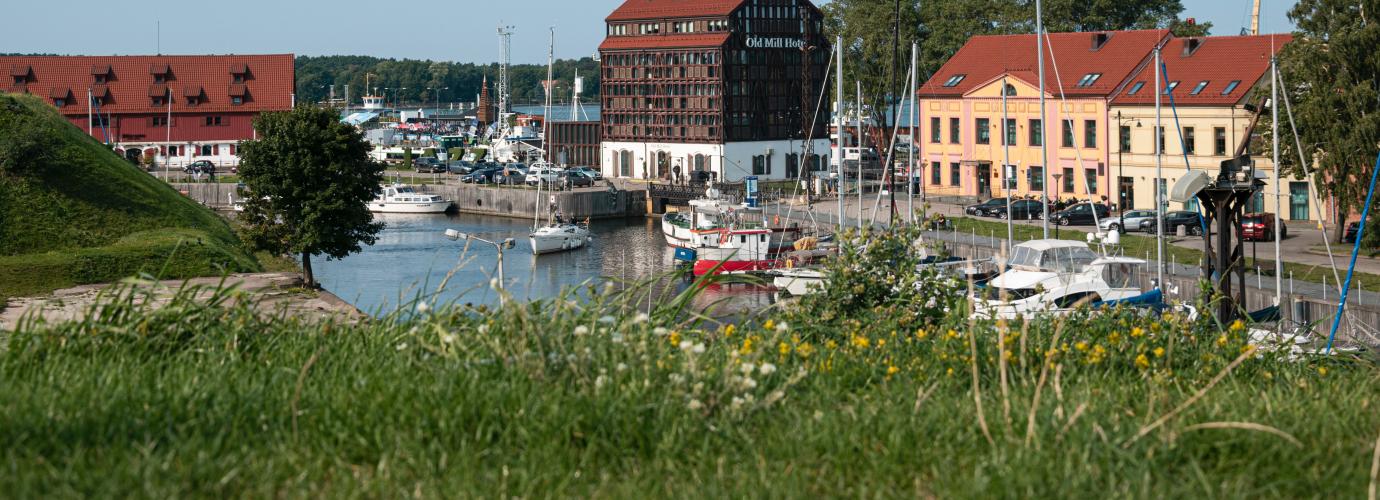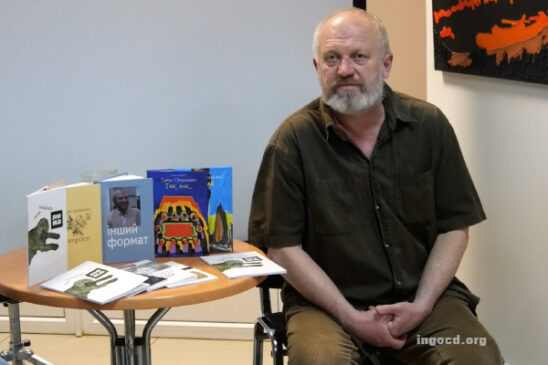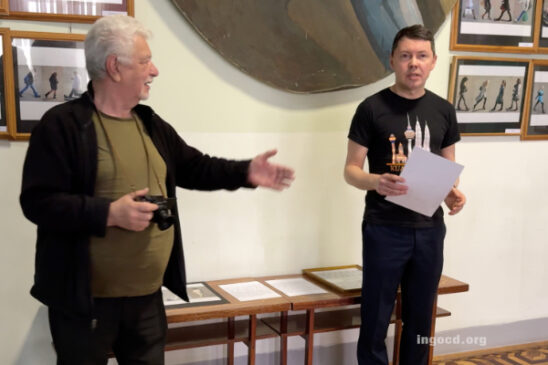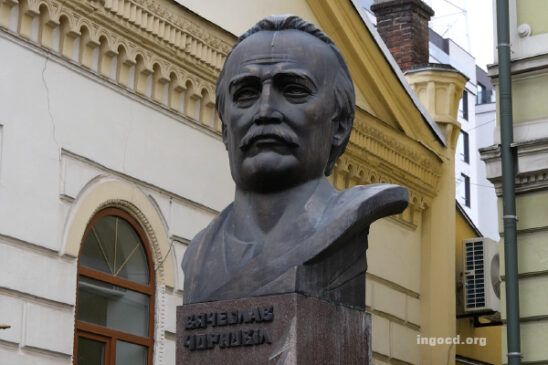Education system in Lithuania
Key features of the Lithuanian education system
Education governance
Lithuania’s education system is more decentralized than centralized. National institutions, municipalities and educational institutions all share responsibility for the quality of the education provided. The Seimas (Parliament) defines education policy at the national level. It adopts laws and declarations on policy changes. The Government in corpore and the Ministry of Education, Science and Sport (and other related ministries) also formulate and implement education policy and adopt and implement government legislation.
The Seimas adopts the main laws and legislation regulating the system of education and science at the national level. The Ministry of Education, Science and Sport or the Government are responsible for adopting other legislation applicable at the national level such as the Description of the Primary, Lower Secondary and Upper Secondary Curriculum. The municipalities set and implement their own strategic education plans in accordance with the national legislative framework. The municipalities are responsible for ensuring formal education up until the age of 16, organizing non-formal education, transportation to educational institutions and various other aspects. Individual schools organize the education process – for example, teachers are able to adapt the core curriculum to children’s individual needs. Formal education is typically provided by public entities. However, private sector education providers are recognised and regulated by national legislation.
Funding principles
Education is a priority for the state and is publicly funded at all levels. Education is free at all stages, with the exception of higher education, when, around half of these students have to finance their own studies based on their achievements.
On 1 September 2018, the funding model for pre-school, pre-primary and general education was changed. It shifted from the ‘money follows the learner’ principle (usually called the ‘pupil’s basket’), to a basic education costs basket, which is in line with the implementation of curricula (usually called the ‘class basket’). This means that approximately 80% of funding is not allocated to each pupil (the ‘pupil’s basket’) but rather according to the size of a class. A small percentage is allocated to textbooks and other educational supplies according to the actual number of pupils. Municipalities allocate the remaining less-than-20% of funds to the organization and management of the education process, education aid, the assessment of learning achievements, etc.
The funding of vocational education and training (VET) and higher education continues to be based on the ‘pupil’s basket’ or ‘student’s basket’. This method was in place for pre-school, pre-primary and general education until 1 September 2018. It is a purposive state subsidy that is distributed via the municipalities to the schools, or directly to the higher education institutions according to the actual number of pupils/students.
The ‘pupil’s basket’ and the ‘class basket’, that consist of funds for education, is provided to both state and private educational institutions. The ‘student’s basket’ is provided to state higher education institutions. In state schools, any outstanding funds required are provided by the founder (usually the municipality or, in the case of higher education institutions, the state). Private schools can raise money by charging tuition fees, through private sponsorship, and so on.
External educational institution inspections are organized by governmental institutions with the remit to assess and ensure quality.
Organisation and structures
Pre-primary education is obligatory, and a child must start attending pre-primary education on turning 5 years of age by 30 April of any given calendar year. Education is compulsory until the age of 16, meaning that primary and lower secondary education is mandatory. Students’ progress and achievements are measured through standardized testing in the 4th and 8th grades. Currently however, this standardized testing is not compulsory, and is initiated at the discretion of schools or municipalities. From 1 September 2024, all pupils finishing 4th and 8th grades will have to take part in the National Pupil Achievement Test. The development of test items, assessment instructions and recommendations on how to interpret the results of these tests are centralized. Schools are responsible for test administration and assessment procedures. The assessment of lower secondary education achievements in grade 10 (grade II in gymnasium schools) is mandatory. Upper secondary education is concluded with mandatory matriculation examinations (Matura), which are used to evaluate pupils’ achievements to date and if relevant, to gain entry to higher education institutions. Learners are granted some freedom in choosing study subjects in the two final years of their lower secondary education. This expands significantly in upper secondary and tertiary education.
Key challenges
Inclusive education. Unfortunately, the perception of individual needs as a personal deficiency persists among school leaders, teachers and school communities alike. There is an acknowledged shortfall in educational support professionals. The diversity of pupils’ needs is far ranging. This means that it is difficult to be fully prepared to meet all pupils’ special educational needs. The current established organisation of education and educational support cannot guarantee successful inclusion. The Ministry of Education, Science and Sport has set out plans to change the status quo, increase the number of specialists and otherwise support schools.
Students’ maths achievements. In 2022, 35.4% of school leavers did not pass the state mathematics matriculation exam. A working group set up by the Ministry of Education, Science and Sport concluded that the difficulty level of the tasks accessed was normal. A comparison of the average number of points scored in the 2015–2022 exams and the number of students who failed the exams shows that the decline in students’ results has been continuing over the years. In response to this, at the end of 2022, the Ministry of Education, Science and Sport prepared a plan for improving the teaching and learning of mathematics for the period 2023–2030. It aims to consistently develop mathematical thinking, adapt tasks and teaching tools appropriately, provide teachers with opportunities for professional development in the subject and the teaching of mathematics, monitor the quality of mathematics teaching at national level, and adjust curricula where necessary.
The effect of exclusion. After analysing[1] differences in the achievements of fifteen-year-olds, the results of pupils from families in lower socio-economic groups studying in the same schools were behind the national average by 46 points, or in school years, 1.5. When compared with children from families in higher socio-economic groups, the gap was even wider – they were behind by 86 points, or 2.8 years.
Relative levels of achievement. PISA (Programme for International Student Assessment) 2018 results revealed that the achievements of 15-year-olds in Lithuania are still below the average results among OECD countries. Comparing them with the PISA 2015 results, it is clear that the level of achievements has increased only slightly.
Oversized network of educational institutions. One more challenge is the large network of educational institutions that does not reflect the demographic decline of recent years. For example, there were more than 563,000 students in the 2004–2005 academic year and approximately 322,000 students in 2018–2019. The network of general education institutions is shrinking. However, the network of state universities is being optimized.
Being a teacher – a (low) prestige profession. Another challenge is a teaching community that is aging and not easily renewed with younger teachers. Some 40% of teachers are between the ages of 50 and 59, around 30% are between 40 and 49 and only 3% to 5% of teachers are younger than 30. The main reasons why the teaching profession is not attractive are low salaries (among the lowest in the EU), a limited possibility to upgrade professional qualifications and the unattractive image of the teacher’s profession in society. On 1 September 2018, a full-time payment system was introduced. After some flaws were noticed it was updated and will be updated again if there is such a need.
Leadership in educational institutions. Reform among educational institutions’ heads (principals) has shown that it is difficult to attract new and motivated school heads to educational institutions. Low salaries, major responsibilities, administrative burdens, significant competition when applying for the position and fixed-term contracts do not motivate people to apply for a managerial position. A working group set up by the Ministry on Education, Science and Sport is preparing a set of measures to encourage school heads to apply and to renew the corps of school principals.
Key features related to the teaching profession
On 14 September 2017, a new Teacher Training model (Pedagogų rengimo modelis) was approved. It seeks to modernise the initial stage of teacher training. Firstly, it aims to attract truly motivated future teachers to pedagogical studies. It has started to use a complex admission system, assessing the candidates’ learning achievements, values, motivations and personal characteristics. During the studies, students’ suitability for the profession must also be re-evaluated.
The initial stage of teacher training is still organised using consecutive and concurrent models. Teaching qualifications can also be obtained after completing professional studies and in alternative ways, for example through programmes such as, I Choose to Teach! (Renkuosi mokyti!).
According to legislation, teachers are provided with conditions for continuing their professional development. Until the adoption of the new model, it was and is indicated in the Law on Education that teachers must continue to upgrade their professional qualifications. Teachers are entitled to at least five days a year for attending in-service training (professional development) events. The new model is intended to encourage teachers to obtain additional qualifications in a subject or a pedagogical specialization. An employed teacher can also pursue a higher level of competence. Participation in continuing professional development leads to salary increases and career benefits. The model establishes for the first time, a new pedagogical training phase – a one-year pedagogical internship. It will be compulsory for beginner teachers.
Stages of the education system
The system of education in Lithuania includes the following stages:
- Pre-school and pre-primary education. In Lithuania, early childhood education and care is composed of pre-school (ikimokyklinis ugdymas) and pre-primary (priešmokyklinis ugdymas) education and is attributed as non-formal education. Pre-school education is not compulsory, but can be requested at the discretion of the parents, and is based on a pre-school curriculum. Pre-school education is available for children from birth to pre-primary education. So that the child can prepare for the successful completion of the primary education curriculum, pre-primary education groups are set up. Attendance is compulsory for pre-primary education when a child turns 5 years of age by 30 April of any given calendar year. Pre-school and pre-primary education can be offered at pre-primary classes in ECEC settings at general education schools. It can be provided by licensed freelance teachers or other education providers in accordance with legislation. Pre-school and pre-primary educational institutions fall under the authority of local governments.
- Primary and lower secondary education. Children must start attending primary schools when they turn 7 years of age during any given calendar year. Education is compulsory until the age of 16. Primary and lower secondary education is free of charge in public educational institutions. Primary education lasts for 4 years. Its purpose is to provide children with the fundamentals of learning, literature, and social and cultural skills. It is delivered by primary schools (pradinė mokykla, grades 1 to 4), pre-gymnasiums (progimnazija, grades 1 to 8) or multifunctional school centres (daugiafunkcis centras, an institution that provides early childhood education and care, education from grades 1 to 12, and other formal and non-formal education, including cultural and social services). Lower secondary education lasts for 6 years and is also compulsory. Children usually enter lower secondary education when they are 10 or 11 years of age. It is delivered by pre-gymnasiums, lower secondary education schools (pagrindinė mokykla, a lower secondary education school and general education institution providing education for grades 5 to 10), gymnasiums (gimnazija, a general education institution that provides education for grades 9 to 12), school-multifunctional centres and VET schools. Education is compulsory until 16 years of age, at that time the learner will usually have finished the course of lower secondary education (10 grades).
- Upper secondary and VET. The two-year upper secondary curriculum is implemented by gymnasiums. VET schools along with a VET curriculum may provide the basis for the last two years of the lower secondary curriculum and/or upper secondary curriculum. VET curriculum is delivered in bespoke VET schools and other institutions. Students are typically aged from 17 to 19 and the curriculum lasts from 1 to 2 years. VET can be organized in school or apprenticeship formats.
- Higher education. Higher education comprises two types of institutions: universities (universitetas) and colleges (kolegija). Learners can begin their higher education after gaining an upper secondary education. The degree structure follows a three-cycle structure: Bachelor’s, Master’s and Doctoral-level studies. The first cycle of studies (Bachelor’s) usually lasts for four academic years, the second cycle (Master’s) two years and the third cycle (Doctoral) another four years. In 2018, short-cycle studies were introduced into the higher education system. These studies are intended for the acquisition of the Lithuanian qualification framework’s Level V qualification (ISCED 5). VET schools together with colleges can provide joint short-cycle studies after coordination with the Ministry of Education, Science and Sport. legislation to implement short-cycle studies is being prepared.
For further information, please consult the introductory articles for Organisation and Governance and for each educational level: Early Childhood Education, Primary Education, Secondary and Post-Secondary Non Tertiary Education, Higher Education and Adult Education and Training.
[1] 2018 Review of the Status of Studies, Science and Innovation implemented by the Research and Higher Education Monitoring and Analysis Centre (MOSTA) – now the Government Strategic Analysis Centre, (STRATA).
Structure of the national education system
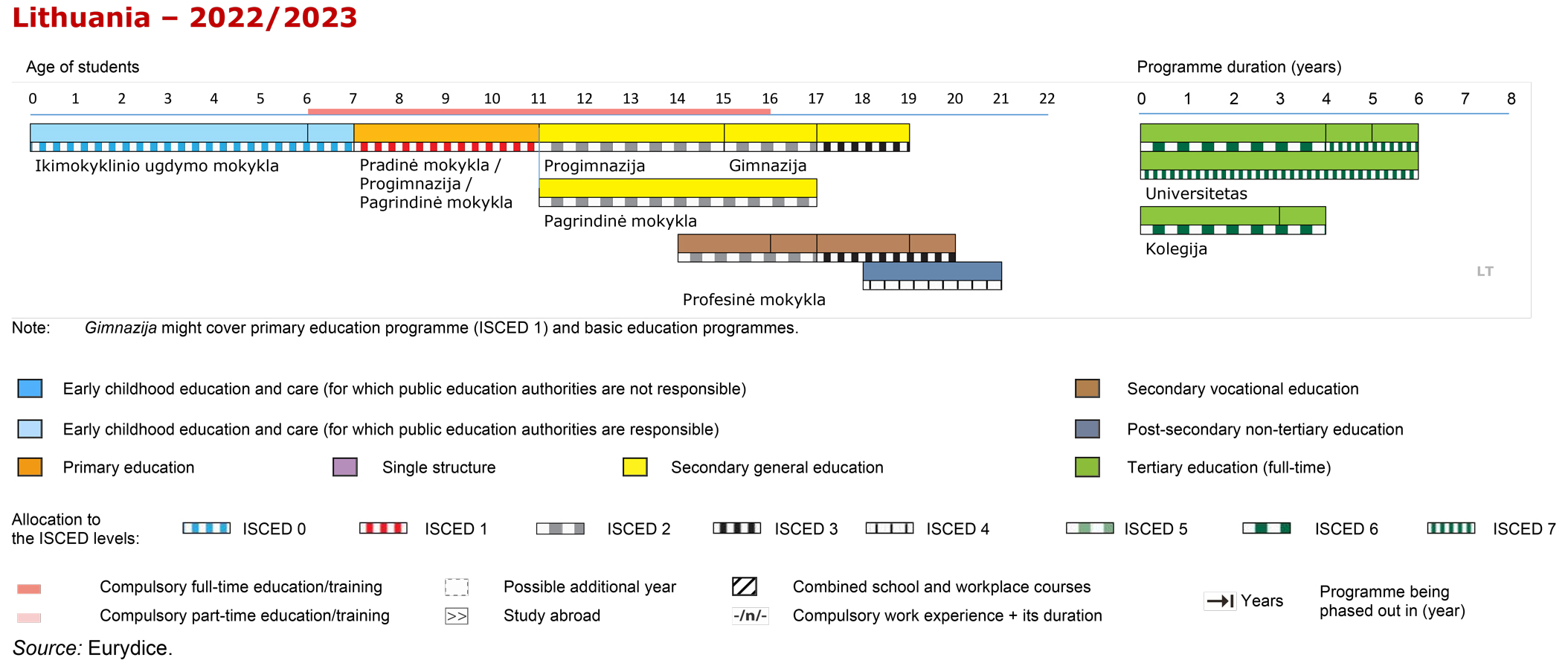
For a brief description of other main topics regarding the national education system, please read the introduction article of Funding in education, Teachers and Education Staff, Management and other educational staff, Educational support and guidance, Quality assurance, Mobility and Internationalisation.
For information on recently adopted or planned reforms and policy measures, please consult topic Ongoing Reforms and Policy Developments.
While Eurypedia provides comprehensive and comparable information, further information may also be found on the website of Ministry of Education, Science and Sport.
Common European Reference Tools Provided by the Eurydice Network
- National Student Fee and Support Systems
- Organisation of the Academic Year in Higher Education
- Organisation of School Time in Europe (primary and general secondary education)
- Recommended Annual Instruction Time in Full-Time Compulsory Education in Europe (presented by grades/stages for full time compulsory education as well as by subject and country.)
- Teachers and School Heads Salaries and Allowances in Europe (salaries and allowances of teachers and school heads at pre-primary, primary, lower secondary and upper secondary education levels.)
Source: https://eurydice.eacea.ec.europa.eu/national-education-systems/lithuania/overview
Follow us on social media: Facebook, Twitter, Instagram, YouTube.

